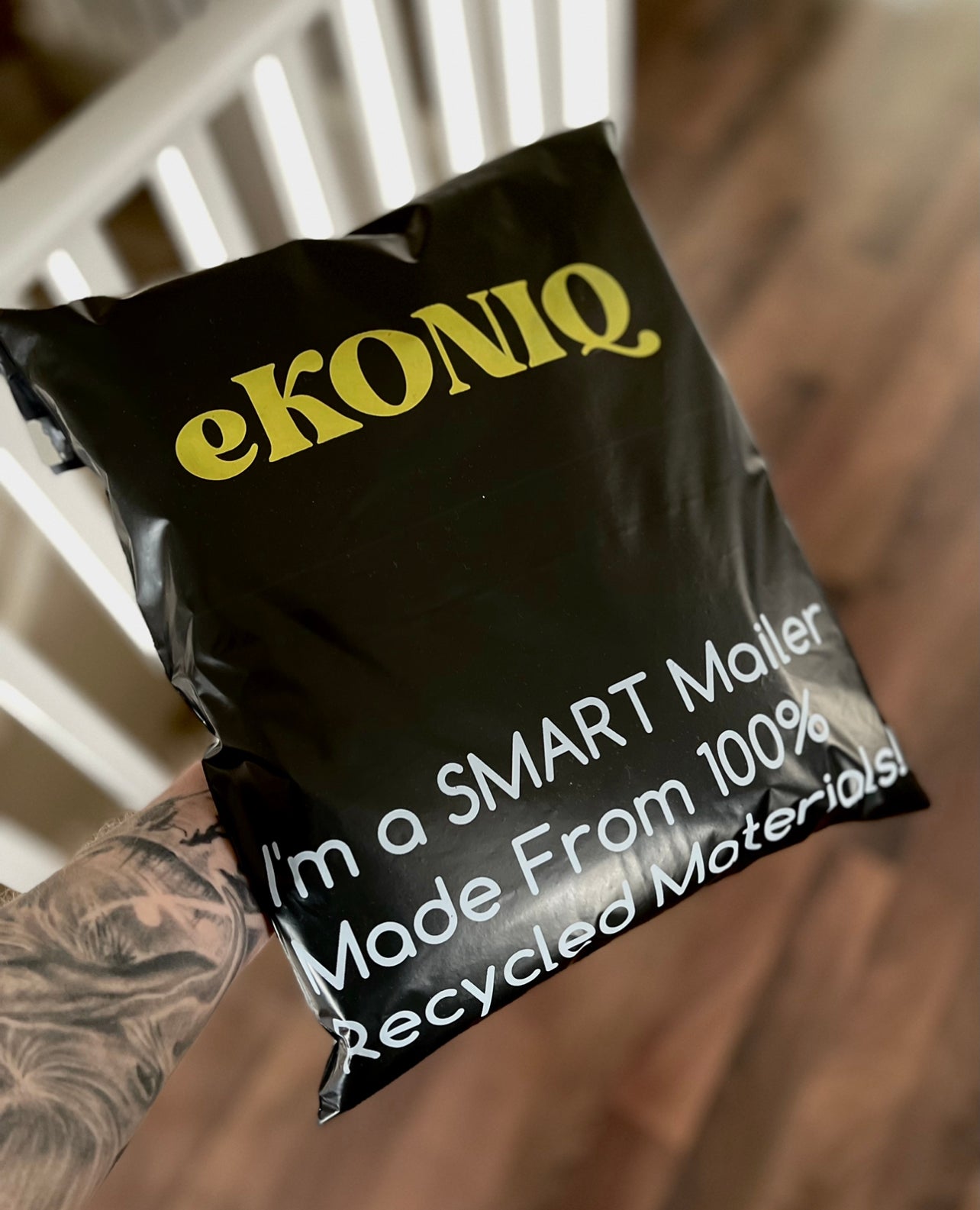

Packaging
All of the packing and shipping materials we use are
environmentally friendly. This includes our boxes, poly mailers, thank
you cards, tissue paper, and stickers!
Poly mailers were made using recycled materials
Thank you cards and tissue paper were made from recycled paper
Stickers are biodegradable

We are proud to be a partner with One Tree Planted!
Working with One Tree Planted is a great fit for eKONIQ,
Sustainability is at the core of our business model and this partnership
is another great way to give back and help the environment.
Objectives
The objectives of this new partnership include:
Supporting global reforestation effortsEmpowering consumers with sustainable actionsRaising awareness about the importance of ecosystem restoration
Planting trees is one of the best ways to combat the damaging effects
of climate change. Trees help clean the air we breathe, filter the
water we drink, and provide habitat to over 80 percent of the world’s
terrestrial biodiversity. Trees also provide tremendous social impacts
by providing jobs to over 1.6 billion people, empowering women in
underdeveloped nations, and supporting communities devastated by
environmental damage.
The partnership is designed to be simple for customers to get
involved in global reforestation. For every item sold from our
inventory, eKONIQ will give $1 USD to One Tree Planted to plant one
tree. The trees are planted by local partner organizations and community
volunteers in areas where there has been deforestation.
Customers have the option to plant additional trees by donating $1
USD for each tree they wish to plant. To plant a tree, simply click the
One Tree Planted widget in the bottom left hand corner of our website OR
there is an option to add trees to your cart on the cart page.
About One Tree Planted
One Tree Planted is a 501(c)(3) nonprofit on a mission to make it
simple for anyone to help the environment by planting trees. Their
projects span the globe and are done in partnership with local
communities and knowledgeable experts to create an impact for nature,
people, and wildlife. Reforestation helps to rebuild forests after fires
and floods, provide jobs for social impact, and restore biodiversity.
Many projects have overlapping objectives, creating a combination of
benefits that contribute to the UN's Sustainable Development Goals. To
learn more, visit onetreeplanted.org
